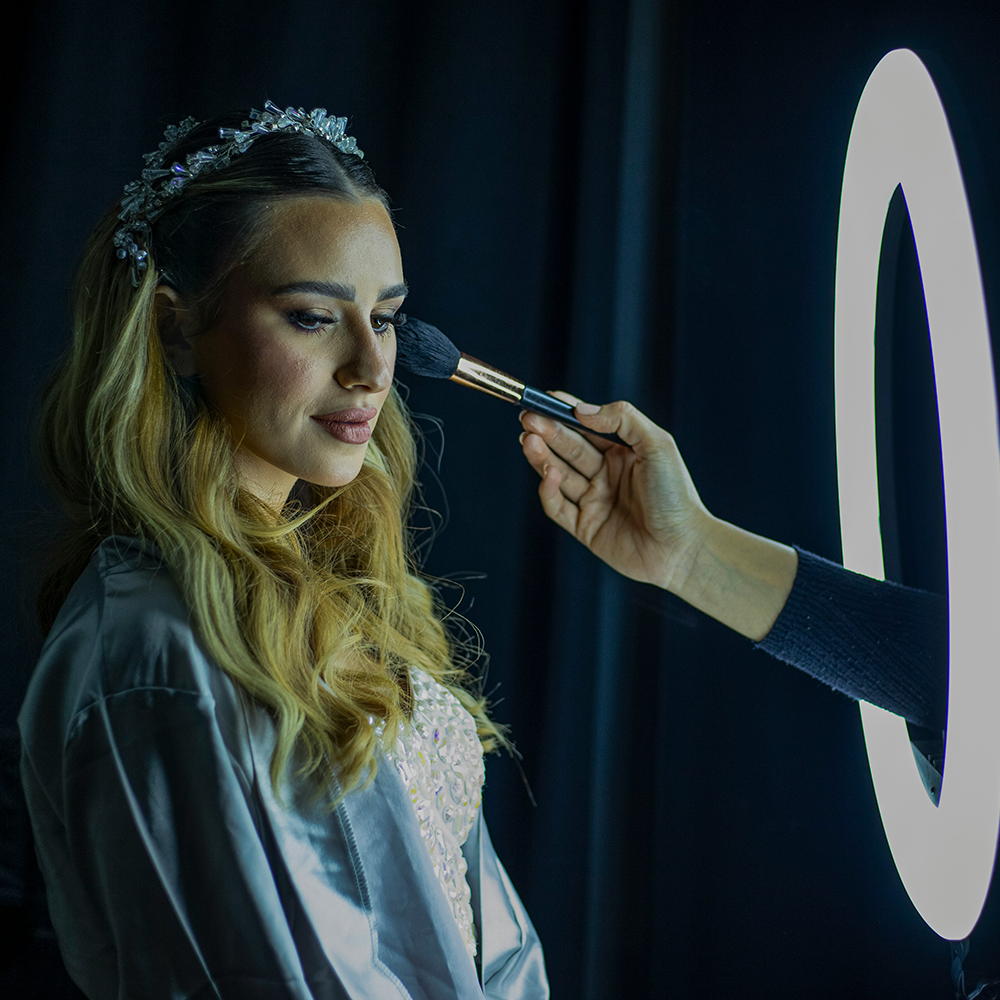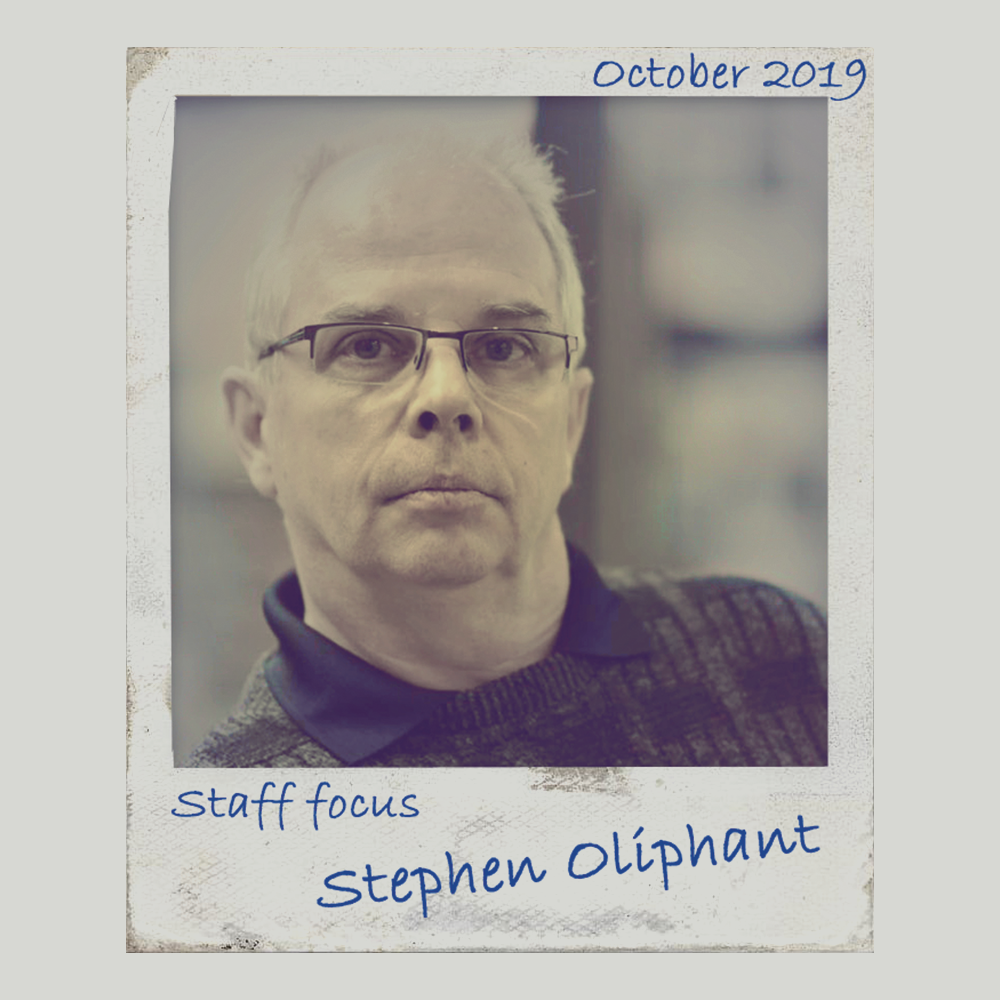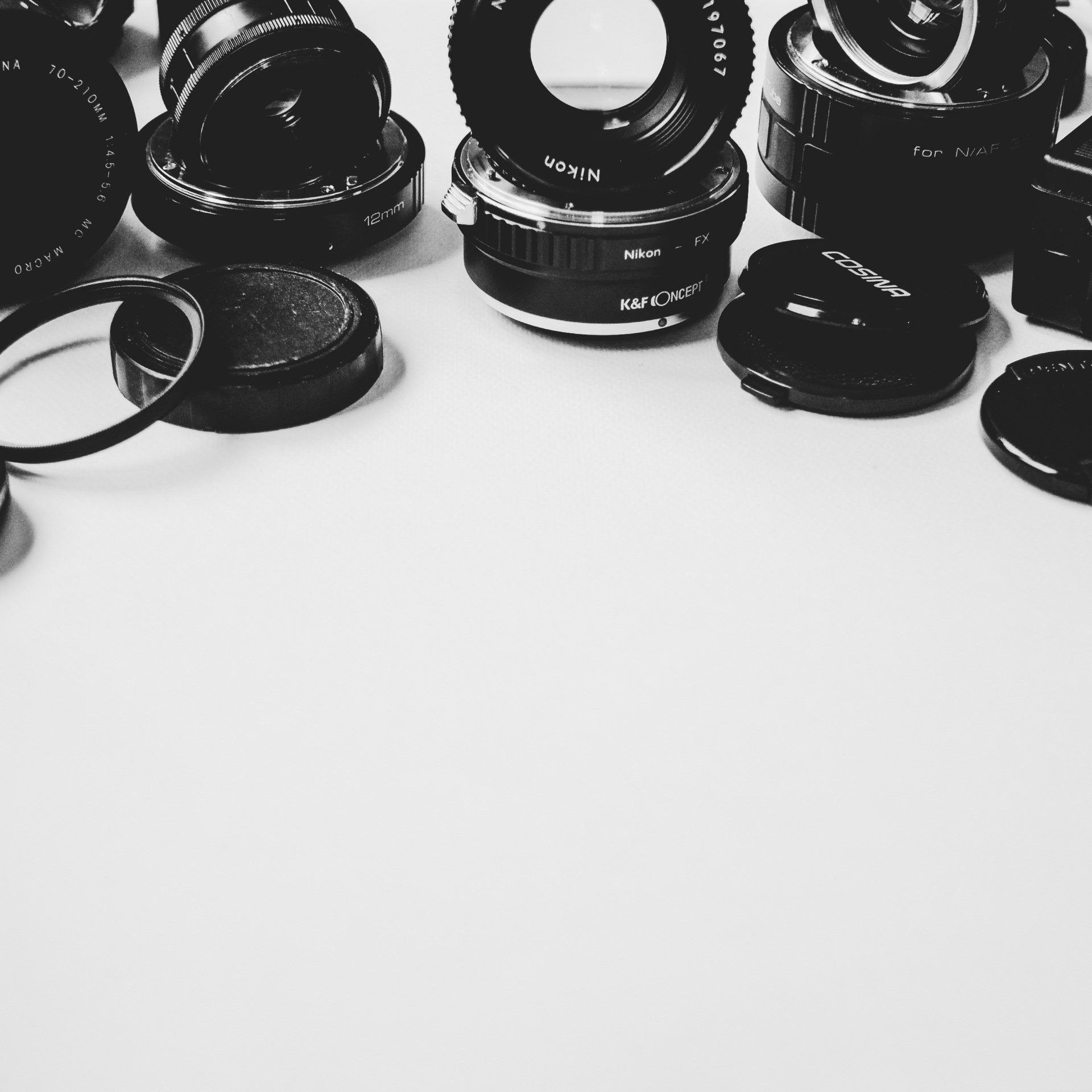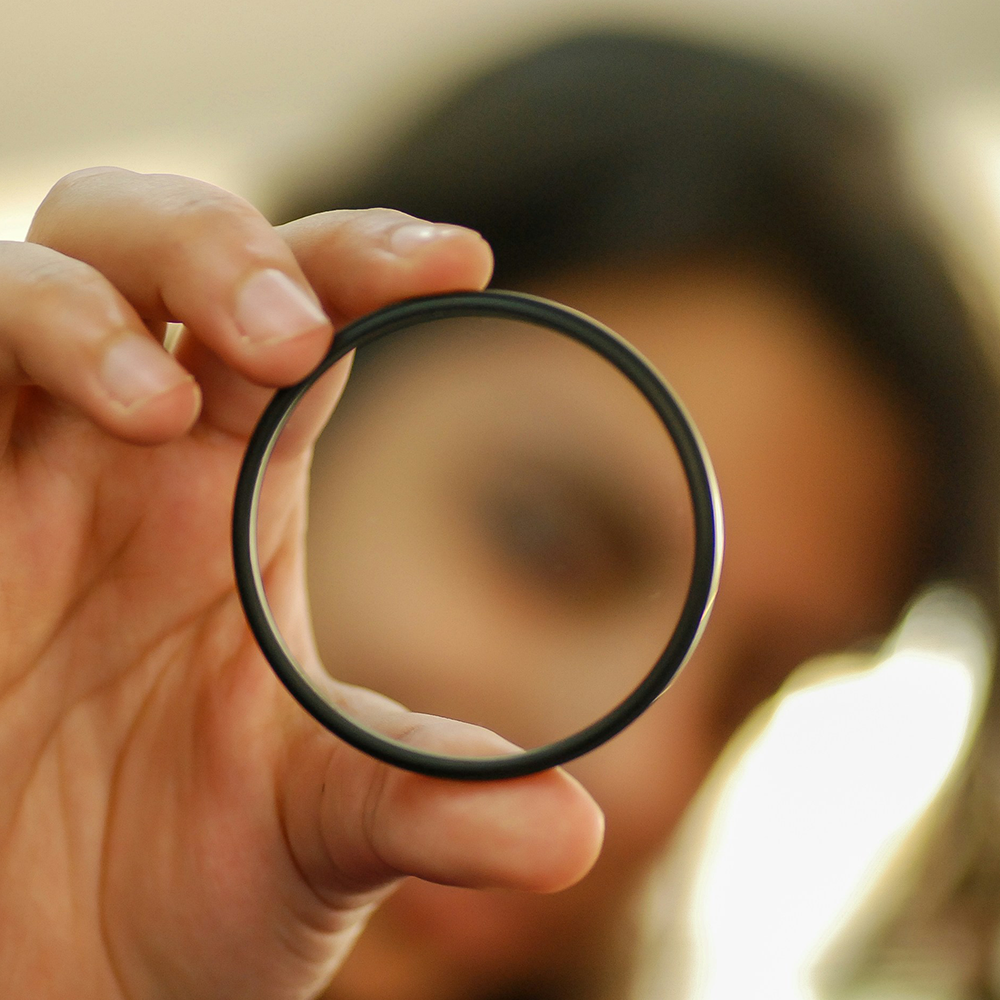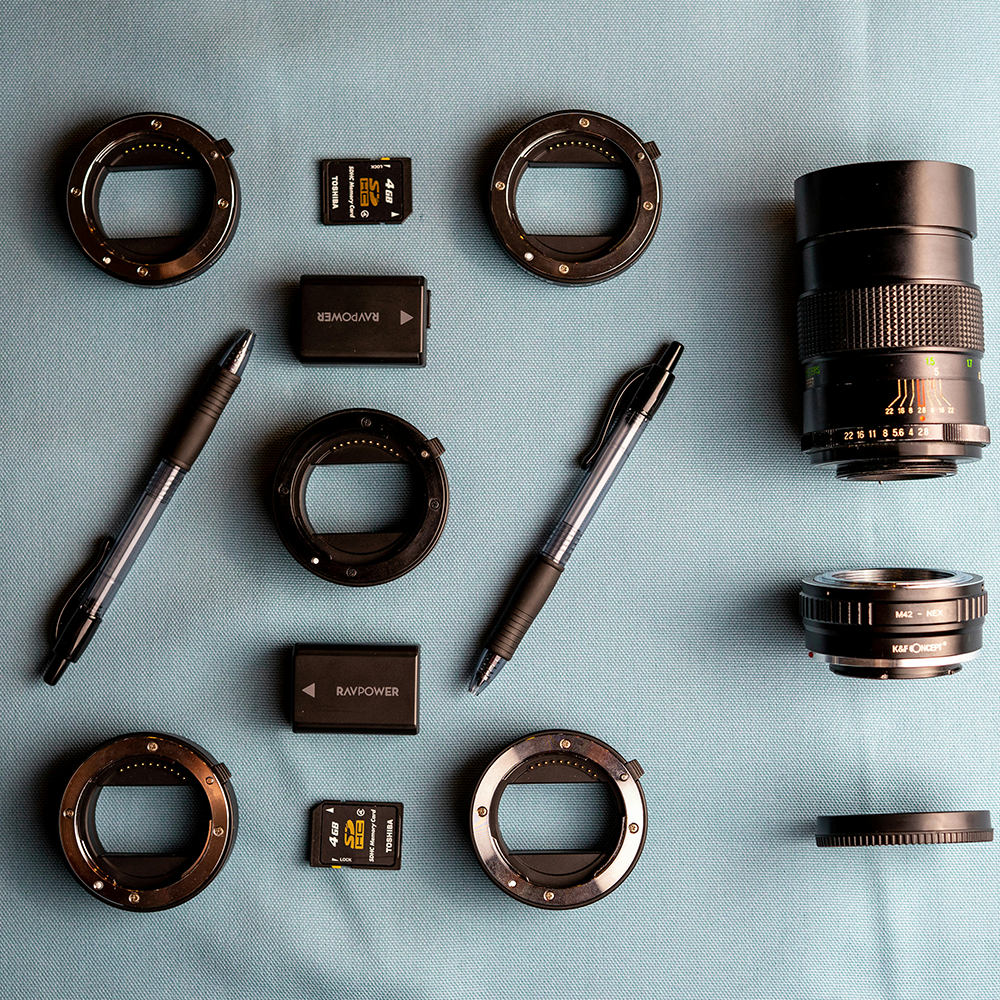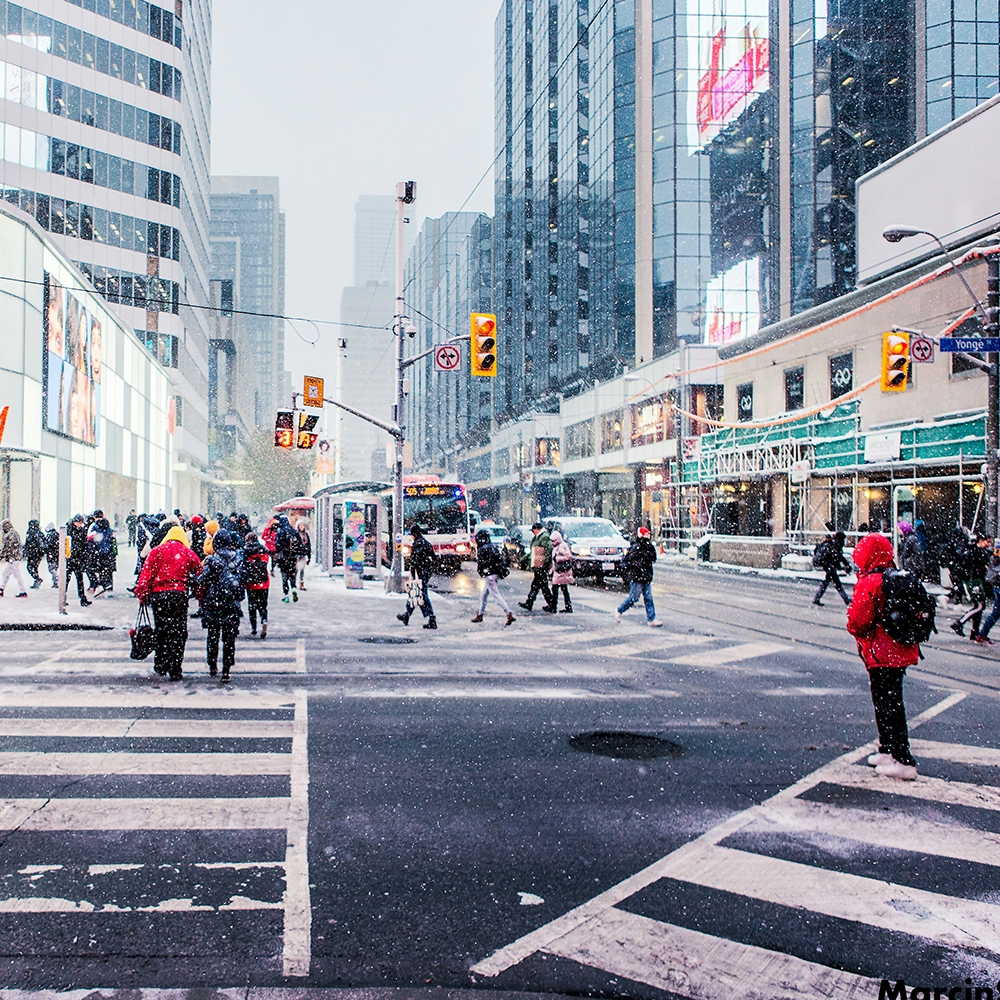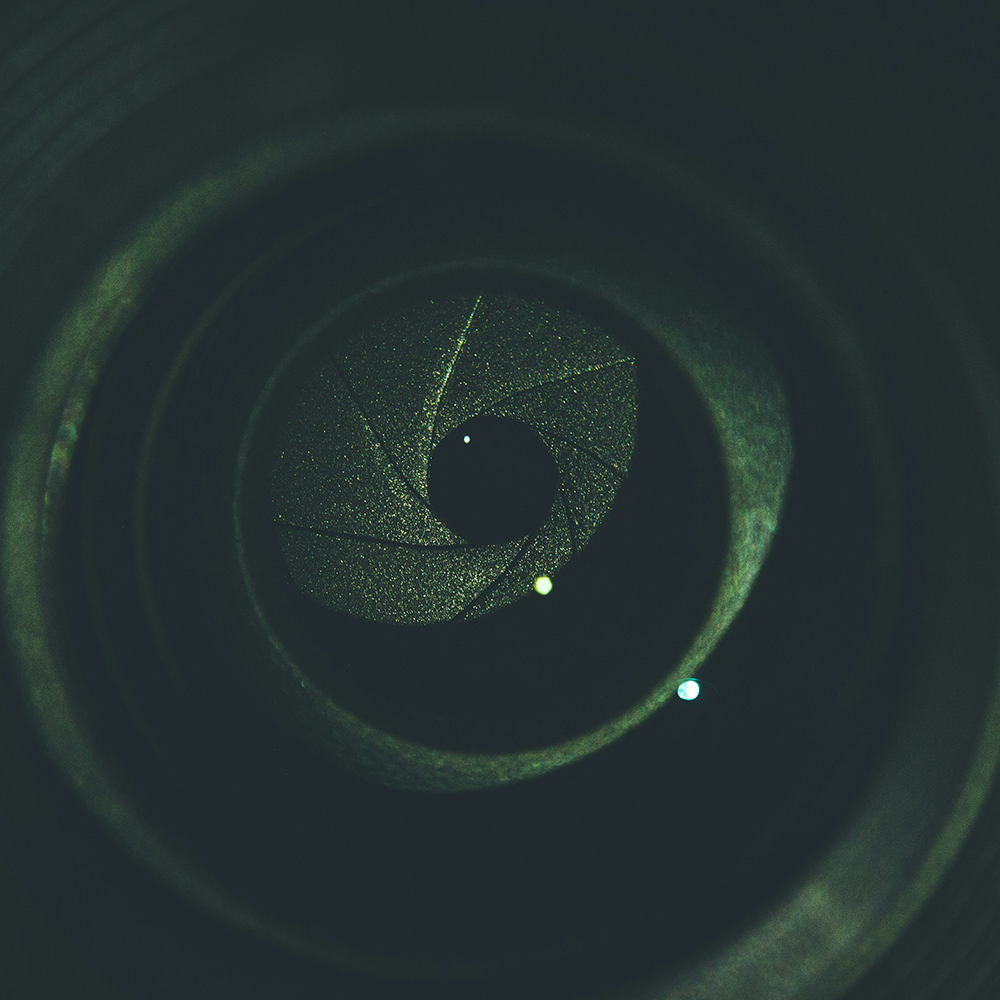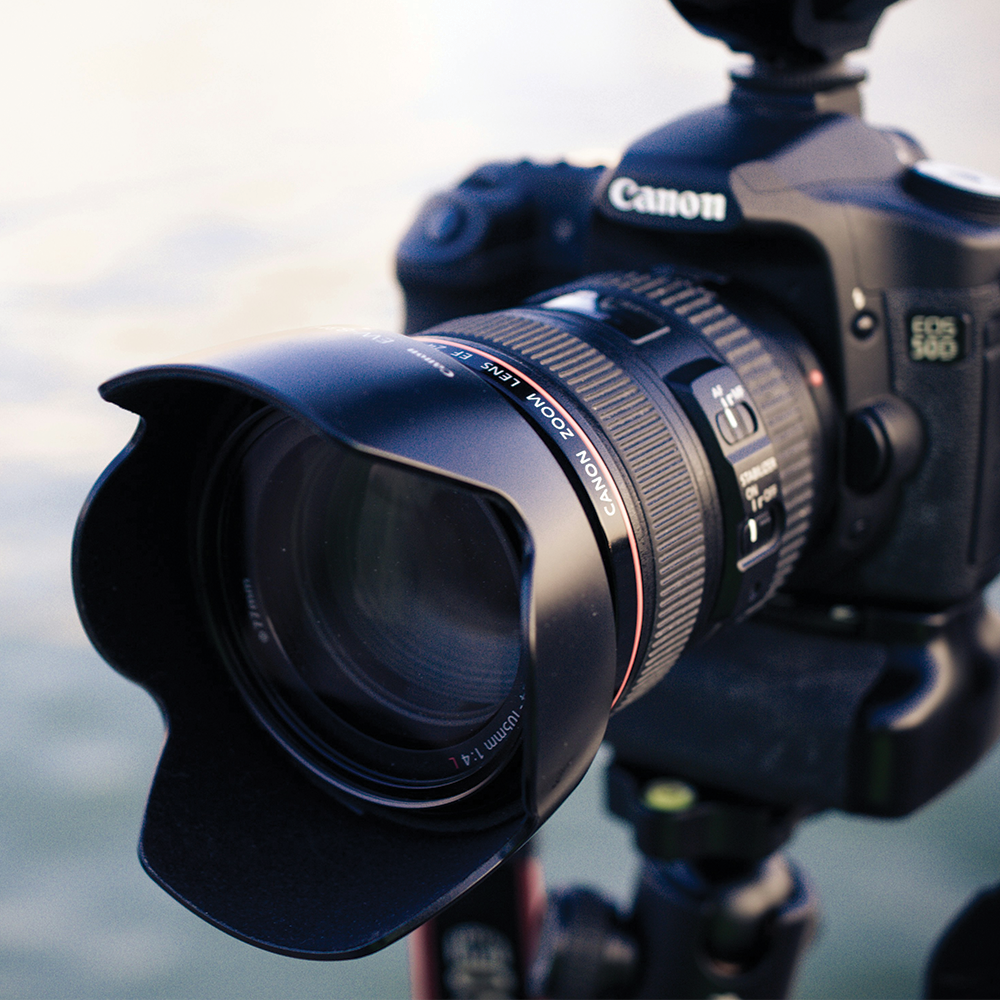The Daily Challenge
The Daily Challenge
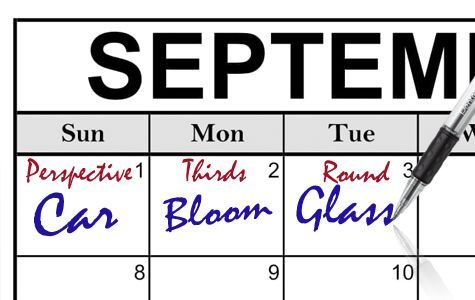
Many new photographers will ask me about how to get started in photography, is there any courses they can take, is there websites I can recommend etc, as there is a huge amount of websites and youtube videos that one can learn from the web can be an intimidating place to the untrained eye. But don't fear, there is actually an easier way to hone your skills or get used to your camera without the chore of raking through the web until you find someone you like or a website that talks your language.
Welcome to the
"daily photography challenge".
To get started on the daily photography challenge, you will need a camera, and it doesn't matter to much which camera as long as you can control aperture and shutter speed, and a calendar that you can write on and a random novel (I'll explain why you need a random novel soon).
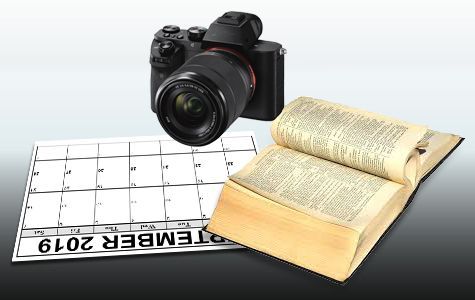
If you don't have a calendar you can download and print a calendar from here: https://www.123calendars.com/
Firstly, what we need to do is set up our daily challenge in such a way that we ourselves are not influencing the topics of choice for photography - this makes the daily challenge a little more random and a little more tasking too.
To set up the calendar: take the book and randomly open it to any page, without looking, place your finger on any of the two open pages.
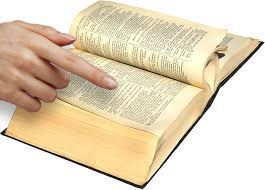
Your finger will land near a word, if that word is a verb or noun then write that word into the first available date on the calendar.

Repeat the above action again, open the book to a random page, and blindly choose a word, write it into the next blank date. And so on until the month is full of randomly chosen words.
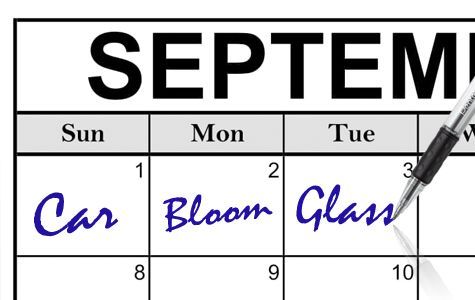
Now you have your layout for the self photography challenge.
On each day, you have a subject that you can go out and photograph or make a set with that subject. Having set topics or subjects can challenge your photography as you are no longer controlling what you like to photograph and so lifts you out of your comfort zone and into the place of challenge. A good challenge can teach us about our camera and its functions and improve on our photography too.
Doing one photography subject a day helps to open your eyes to other subjects and helps you to look through the lens at the world differently too.
Keep in mind when doing this challenge that you should also take into account basic art rules too. Depth of field, layout, angle, perspective etc. Think on how you want to best represent your subject in the scene and where its placement should be within the scene too.
Once you are more confident with your photography and subject finding, you can then push it up another level by adding 2 word combinations per calendar square. You would enter your randomly chosen word and then an art restriction - for example: your chosen word is "car" and your art restriction is perspective. Now with that challenge you have to photograph a car in or out of perspective with the surrounding scene.
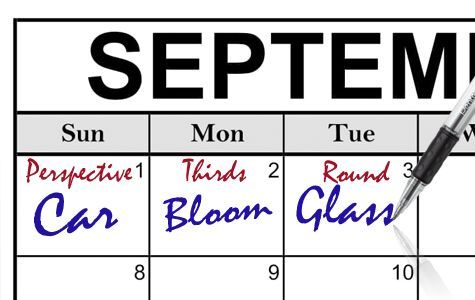
Below is a downloadable list of art restrictions that you can cut up and put in a bowl and use them to "lucky dip" them to add more randomness to your challenge.
Click here: PRINTABLE RANDOM RESTRICTIONS LIST
Best of luck and let us know how it the daily challenge works for you and we would love to see your results too.
